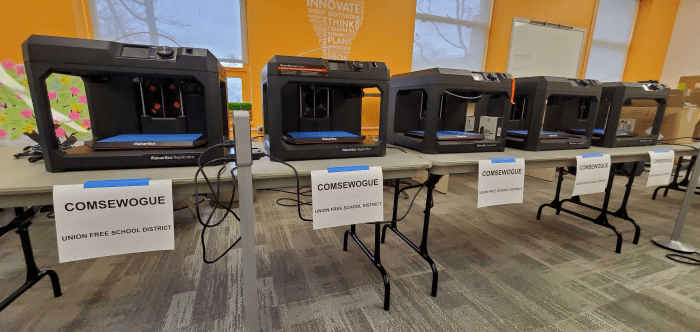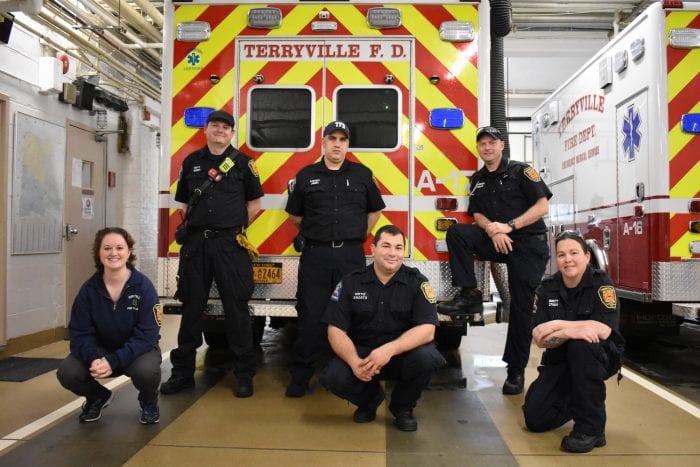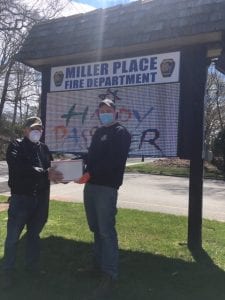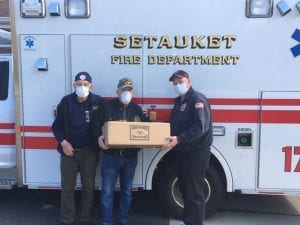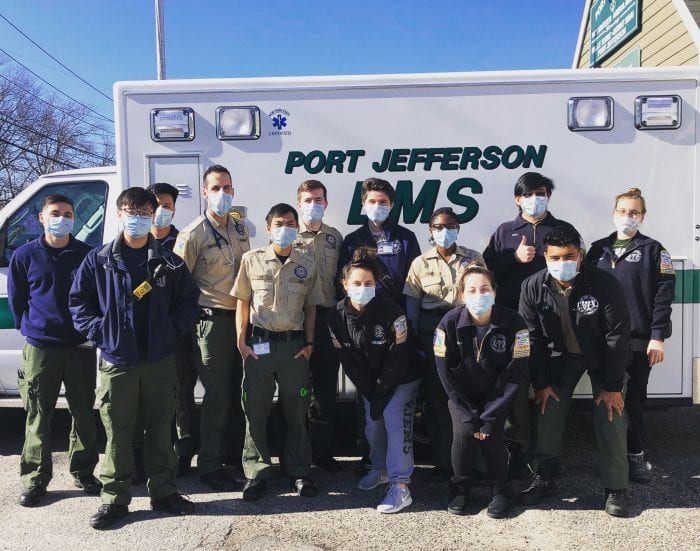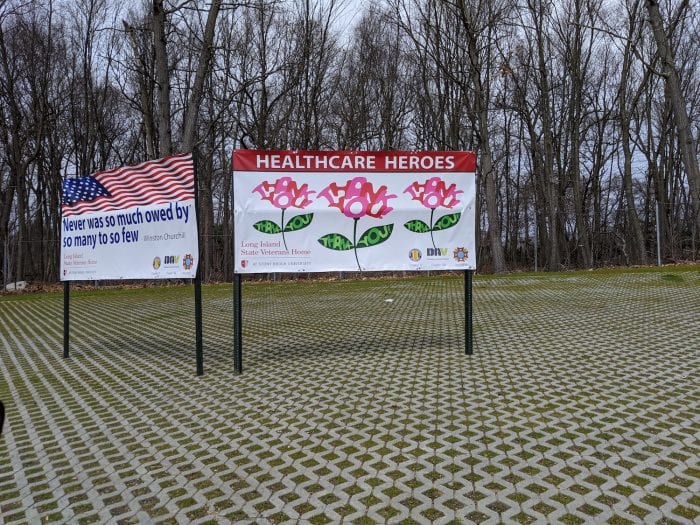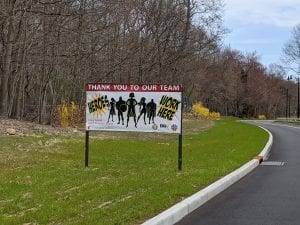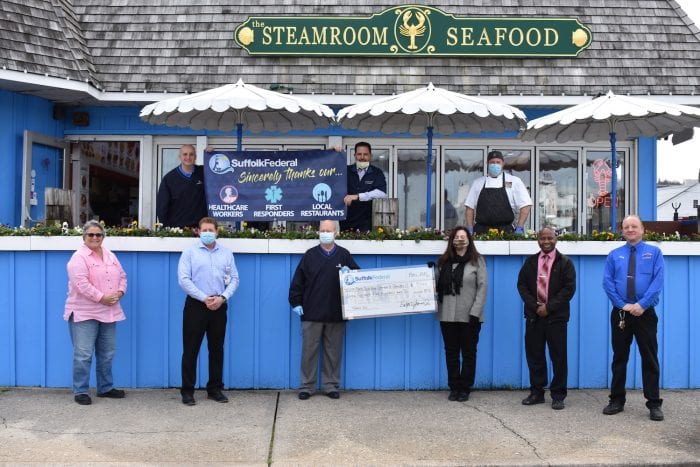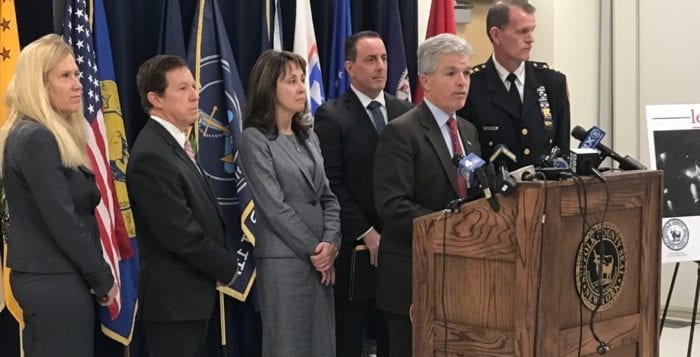Businesses are looking for sanctuary during the absolute tumult caused by the ongoing coronavirus pandemic. However, some say even with the federal government’s attempt to help keep employees on payroll and businesses running, some question when their submissions will be processed, while others question how much it would help.
The $349 billion Paycheck Protection Program, which passed congress in March as part of the $2 trillion CARES Act relief bill, was made to offer businesses with 500 employees or less loans up to $10 million specifically to keep on or rehire employees. This is partly to keep those shops afloat while revenues have plummeted and to keep people from being forced to go on unemployment. New York’s unemployment system, in particular, has been overwhelmed, with over 600,000 claims processes and another 200,000 still in partial status. Many people report having to call the unemployment offices dozens or even 100s of times and not getting a response.
“How can you expect us to bring employees back full force if you’re not allowing us to open the doors?”
— James Luciano
But as Gov. Andrew Cuomo (D) and other states are starting to meet to discuss a timeline for bringing everything back online, businesses still await the loans that will essentially enable them to rehire those employees.
For others, the loans may be too late. Bernie Ryba, the director of the Stony Brook Small Business Development Center, said by the center’s estimates there could be as many as 25 percent of restaurants across the country saying they have likely closed permanently. Another 25 percent, he said, could be also looking at shutting their doors.
“If you have, in the restaurant industry, 12 million that are employed, you’re looking at 6 million that will never go back to work,” he said.
That’s why applying for the PPP loans early is so important, not to mention that the money could eventually run out, though congress is in talks of supplementing the program with additional funds.
The PPP loans of up to $10 million would normally have to be paid off with a 1 percent interest rate over two years, but if 75 percent of funds are used for payroll, keeping staff to pre-pandemic levels for eight weeks after the loan is disbursed, then the loans will be forgiven.
Ryba said it is incredibly important for businesses to apply as soon as possible, adding there have been some businesses who reported to him receiving funds already. However, for businesses who have applied and haven’t heard anything back about their applications, some owners are left with a bad taste in their mouths.
Several have complained the rules of the loan were not well explained, and the timeline for when money can and will be disbursed is hanging in the air, all the while business owners can only sit around in the anxiety of not knowing.
Roger Rutherford, the general manager of Roger’s Frigate in Port Jeff and the president of the PJ Business Improvement District, related it to the disaster loans after Hurricane Sandy in 2012, when he said it took him two years and multiple meetings before he ever saw a dime from the federal government. Though he said the timeline for these loans should be much shorter than that disaster, he said his daily calls have not yet resulted in word on the loan.
James Luciano, the owner of the Port Jeff Lobster House and BID secretary, said he, along with most business owners he knows, have applied for the PPP loan. However, he said it could be weeks before he even hears his application was processed, and the guidelines were not clear on what he would get or have to repay.
“They’re keeping up this thing to bring employees back, but how can you expect us to bring employees back full force if you’re not allowing us to open the doors?” he said.
The government has clarified that employees would have to be rehired to levels as of Feb. 15 by June 30.
Such need for clarifications has been constant from the federal government. Problems with the program started on day one, according to the Wall Street Journal which wrote that the nation’s largest banks were unable to take loan applications when it launched April 3 because the government did not send them application documentation until the previous night. Ryba said the institution of the program “took lenders by surprise,” with many having only one week to prepare top accept applicants.
Some businesses have also had issues applying for the loan, especially if they were affiliated with smaller community banks that are not certified with the federal Small Business Administration as an approved lender. Other larger regional and national banks, Ryba said, have focused more on their own customers who do business with them, not even those who may only use the bank to deposit.
“This is very different from 2008 — now you see banks and borrowers working together.”
— Charlie Lefkowitz
In such cases, applying for the loan requires different documentation.
The PPP is just one of several loan systems businesses have been applying to in this time of crisis. The Economic Injury Disaster Loan Emergency Advance is supposed to loan businesses up to $10,000 in economic relief. The loan wouldn’t have to be repaid, though. Nationally, businesses have told outlets like The New York Times that such funding has all but dried up.
Luciano said he has received an email saying his PPP loan was approved and to expect paperwork in the next five business days. However, he added he has heard nothing about his disaster loan application, and his accountant told him he “did not expect anyone to see that money.”
In a conference call with businesses March 26, before the final bill was signed, U.S. Rep. Lee Zeldin (R-NY1) held a conference call with local businesses along with the Long Island branch manager of the Small Business Administration Robert Piechota. Piechota said at the time while the bill had yet to be signed, in normal times such loans would take around 21 days for the application to be processed, and another five for the money to be released.
“In good times you’re looking at a month,” he said.
Jennifer Dzvonar, the owner of Bass Electric in Port Jefferson Station and president of the Port Jefferson Station/Terryville Chamber of Commerce, said there is much misinformation out there on the internet, and the best choice for anyone looking to get the loan is to go to the SBA website.
Despite not yet hearing of a single business that has yet received any funds from the loans, Charlie Lefkowitz, the president of the Three Village Chamber of Commerce, said there has been a general effort on all levels, whether its regional government down to the community level, to help these businesses in their time of need.
“This is very different from 2008 — now you see banks and borrowers working together,” he said. “This is unprecedented, and across our community … you’re seeing cooperation on all levels.”


